The "flaming star" is officially called T Coronae Borealis (T CrB), and is located 3,000 light years from our solar system. According to NASA, the last recorded outburst from T Coronae Borealis - consisting of a hot red giant star and a cool white dwarf star - was in 1946. The agency predicts that the explosion will happen again before September this year.
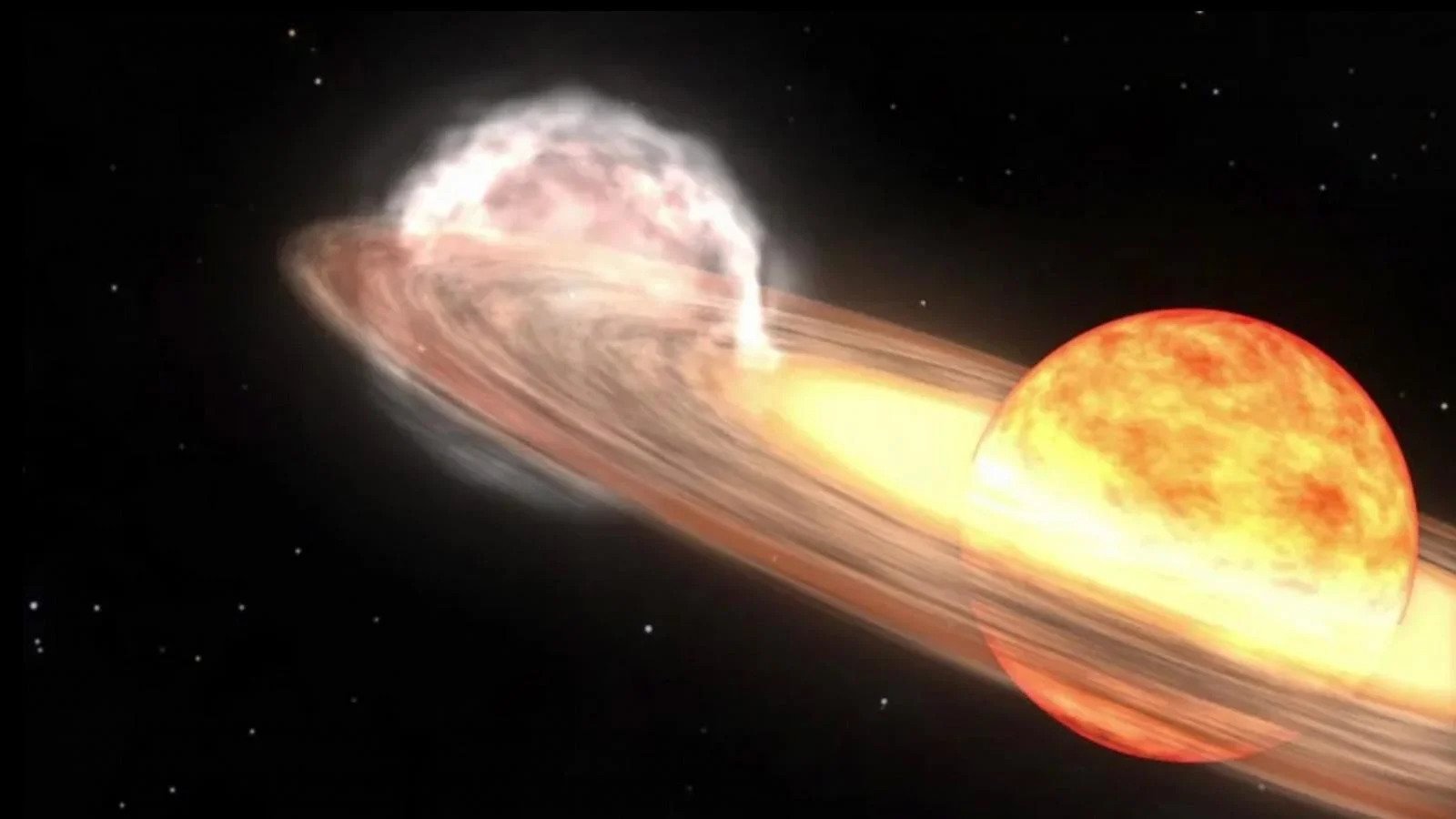
A red giant star and a white dwarf orbiting each other like T Coronae Borealis
According to NASA, T Coronae Borealis is expected to gradually brighten from now until September at a magnitude of +10 (out of sight with the naked eye). But when the explosion occurs, that number will increase to +2 and people will be able to admire it with the naked eye.
This star system is part of the Northern Crown constellation, a horseshoe-shaped arc of stars west of the constellation Hercules. Viewers can find it between the bright stars Vega and Arcturus.
NASA also said that during this event, the star system will have a brightness similar to the North Star, Polaris. It can maintain such brightness for several days or a week after its first appearance. Professor of physics and astronomy Bradley Schaefer of Louisiana State University (USA), shared with ABC News that when the explosion appeared on Earth's view. It will be one of the brightest stars in the sky.
The exact date and time of the explosion are still unknown, but considering the history of the star system and the pre-eruption slope, it is possible to predict an impending explosion this month, according to Schaefer.
"It was actually a hydrogen bomb like in the Oppenheimer movie," said Mr Schaefer.
T Coronae Borealis is also one of 10 known recurring novae in the Milky Way that erupt in less than a century. "There are some recurring novae that erupt on very short intervals, but we don't usually see an explosion that repeats itself over a human lifetime, and it's rare to see one so close to our solar system," said Dr. Rebekah Hounsell of NASA's Goddard Space Flight Center.
Mr Hounsell said this was a unique, once-in-a-lifetime event that would surely inspire future generations of skywatchers.
Source: https://thanhnien.vn/vu-no-sieu-tan-tinh-co-mot-khong-hai-sap-dien-ra-nhin-duoc-bang-mat-thuong-18524080117072256.htm








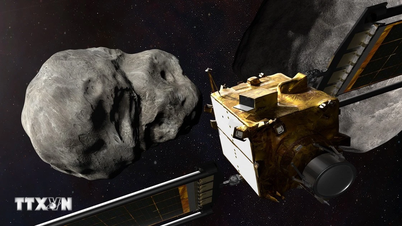

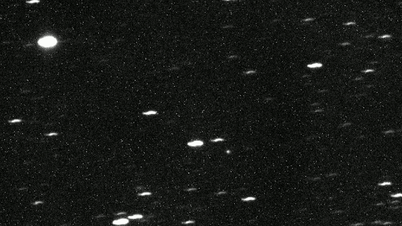



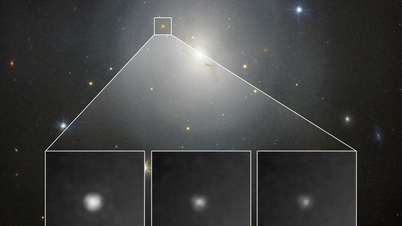




















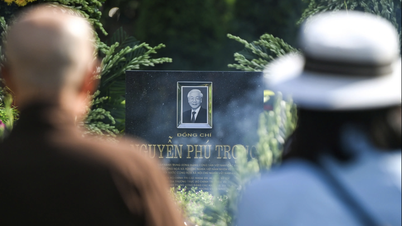















































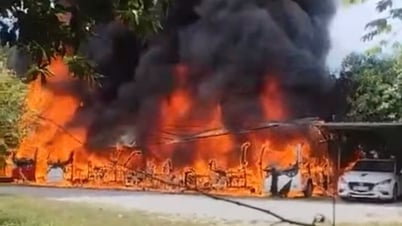

















Comment (0)